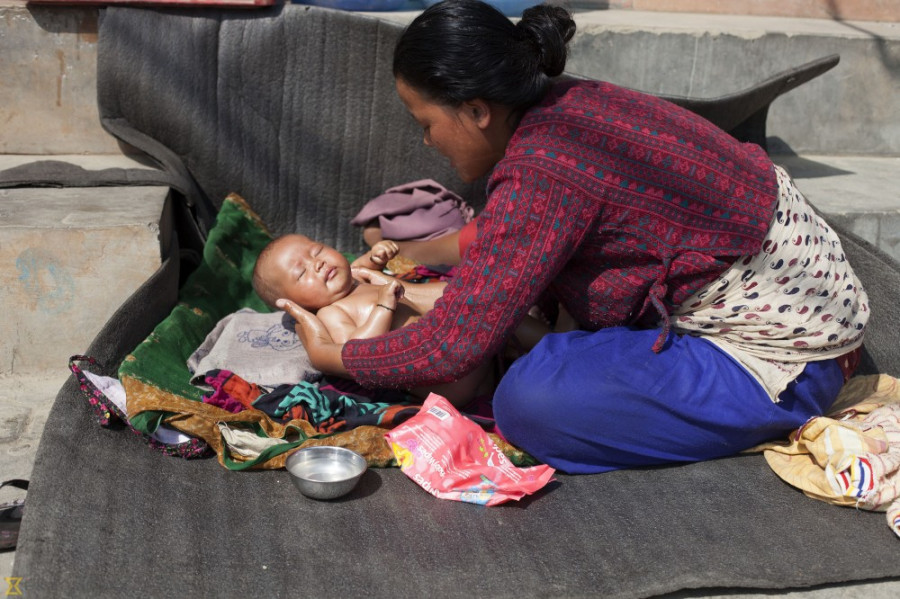Editorial
Women are suffering due to a lack of doctors at district hospitals
The entire healthcare sector suffers from staff and funding shortages—and the slow implementation of federalism.
It is horrendous to think that, four years since the promulgation of the constitution, Nepal is still facing issues in implementing federalism effectively. The latest victim to this seems to be the one sector that literally secures the future of Nepal: healthcare, and specifically the gynaecological sector. It has come to light that over 30 hospitals across the country including several district hospitals lack anesthesiologists and gynaecologists to conduct any surgeries on pregnant women. At a time when Nepal should be striving to reduce its maternal and neonatal mortality rate to levels prescribed in the Sustainable Development Goals, it seems to be going backwards in providing adequate health care and medical services—at great risk to pregnant women and infants. But this is not the future envisioned by the people when they were promised easy access and equality in terms of service under federalism. The budget allocation for healthcare must be increased, the three tiers must coordinate better to ensure services continue unhindered, and the federal government must speed up the transition.
Nepal had worked to greatly reduce the maternal mortality rate from 539 per 100,000 live births in 1996 to 239 in 2016. While still falling short in moving to reach the rate of 75 by 2030, as laid out in the Sustainable Development Goals, Nepal won the Millennium Development Goal award for this reduction. Obviously, this reduction in the mortality rate did not come about overnight. It took the sustained buildup of a string of district development offices, the training of health assistants and health volunteers and the implementation of a safe motherhood programme. The safe motherhood programme, in particular, brought incentivised packages for mothers to deliver their babies at institutionalised health service providers and opt for free or subsidised check-ups for themselves and their babies, besides giving rural women access to diagnostic tools such as ultrasound. All of this required that district hospitals and health posts and centres be staffed with skilled persons, such as ultrasonographers, gynaecologists and anesthesiologists, among others.
But the government at all levels in recent years has fallen behind in providing for these necessary features and programmes. For one, the budget allocation for the sector has been paltry. The health budget for 2019-20, at Rs68.78 billion, was only slightly higher than the previous year’s Rs64 billion. And while female community health volunteers received special attention in the budget, the important safe motherhood programme did not. In fact, the health ministry in April 2019 had announced a halt to the programme if Rs600 million in emergency funding was not approved by the cabinet.
With the country moving to a federal set-up, the opportunity was there to make the transition as smooth as possible. After all, with local and provincial representatives expected to have a better perspective and understanding of local needs, it was highly possible to further healthcare delivery than what was previously possible. But, sadly, the situation has gotten much worse. The district health offices have been shut down, without adequate replacements at the local and provincial levels. Moreover, the transfer of staff has not been smooth, leading to the current situation of district hospitals missing qualified personnel. Moreover, Nepal seriously lacks enough manpower in the public healthcare sector, to begin with. The public health sector cannot allow the undoing of years of progress it has made in healthcare. Provincial governments need to implement the budget provided to them for healthcare appropriately, and work towards better coordination with the federal government for a smooth transition.
***
What do you think?
Dear reader, we’d like to hear from you. We regularly publish letters to the editor on contemporary issues or direct responses to something the Post has recently published. Please send your letters to [email protected] with "Letter to the Editor" in the subject line. Please include your name, location, and a contact address so one of our editors can reach out to you.




 6.73°C Kathmandu
6.73°C Kathmandu














